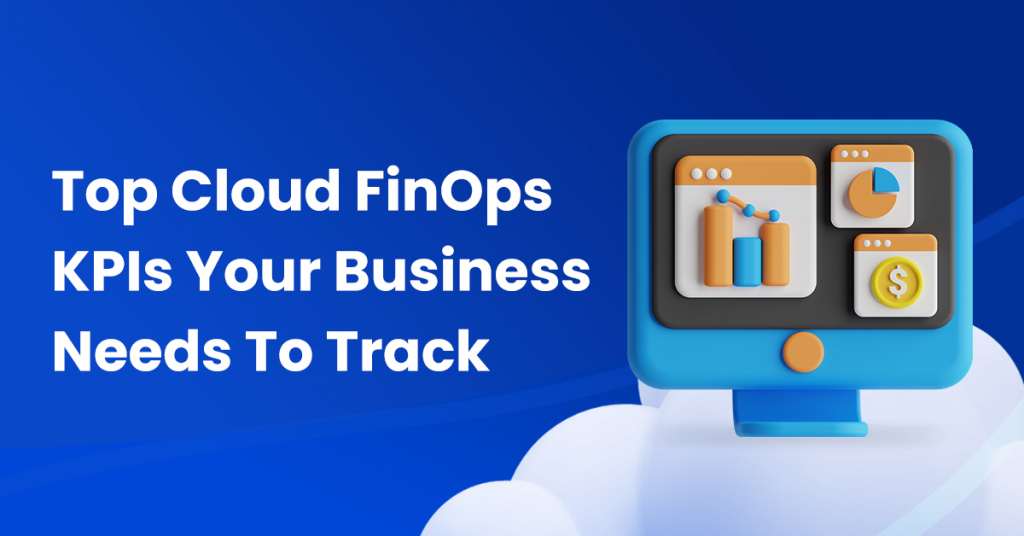
Are you tired of financial operations being a hassle? Look no further than FinOps! FinOps, short for Financial Operations, is a set of practices and principles that help organizations manage their cloud costs effectively. In this article, we will dive into the best practices for implementing FinOps and optimizing your cloud spending.
Introduction
As businesses move to cloud computing, it’s becoming increasingly important to monitor and optimize cloud costs. FinOps provides a framework for managing cloud spending, combining financial management, technical accountability, and cloud governance. Implementing FinOps can help organizations reduce waste, optimize spending, and maximize value.
Best Practices

1. Establish a Cloud Financial Management Framework
To effectively manage cloud costs, it’s important to establish a framework for financial management. This includes creating a budget, defining cost allocation, and setting up a system for tracking and reporting expenses. By establishing a financial management framework, you can gain visibility into your cloud spending and make informed decisions about where to allocate resources.
2. Implement Cost Optimization Strategies
One of the main goals of FinOps is to optimize cloud costs. This can be achieved by implementing cost optimization strategies such as resource tagging, rightsizing, and reserved instances. By tagging resources, you can track costs and identify areas for optimization. Rightsizing involves matching the resources you use to your actual needs. Reserved instances provide a discount for committing to use a particular resource for a set period of time.
3. Foster Collaboration Between Finance and Technology Teams
Effective FinOps requires collaboration between finance and technology teams. By working together, these teams can identify opportunities for cost savings and develop a shared understanding of cloud spending. Collaboration can also help to ensure that financial policies are aligned with technical capabilities.
4. Use a Cloud Management Platform
A cloud management platform can help you monitor and manage your cloud spending. These platforms provide visibility into cloud usage and costs, and can help you identify areas for optimization. Additionally, many cloud management platforms offer automation capabilities, which can help you save time and reduce costs.
5. Continuously Monitor and Optimize Spending
Cloud spending is not a one-time event. It’s important to continuously monitor and optimize spending to ensure that you are getting the most value from your cloud investment. This can involve regularly reviewing cost reports, tracking usage trends, and adjusting resource allocation as needed.
Conclusion
FinOps provides a framework for managing cloud spending in a way that is both efficient and effective. By implementing these best practices, you can optimize cloud costs, reduce waste, and maximize value. Remember to establish a financial management framework, implement cost optimization strategies, foster collaboration between finance and technology teams, use a cloud management platform, and continuously monitor and optimize spending. With these practices in place, you can take control of your cloud costs and achieve greater success in the cloud.
- Degree Pursuit: Navigating the Path to Educational Excellence - July 4, 2024
- Why Is Studying English Important in a Business Environment? - July 4, 2024
- Top 10 Data Science Skills You Need in 2024 - July 3, 2024

